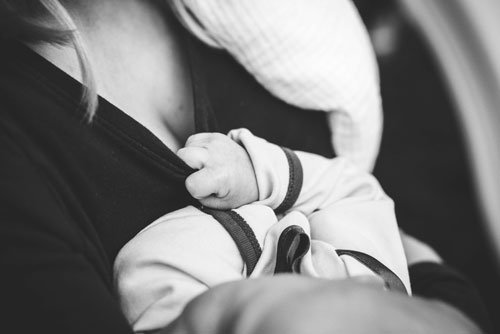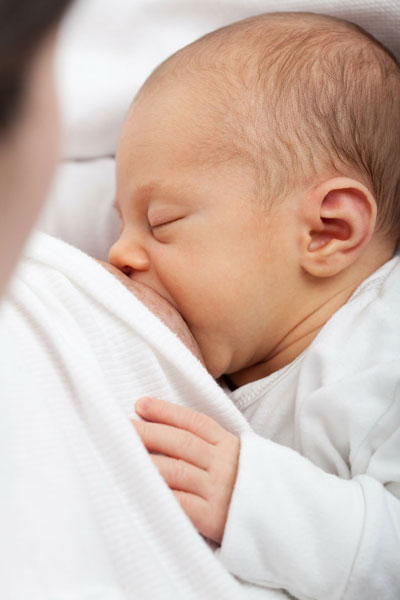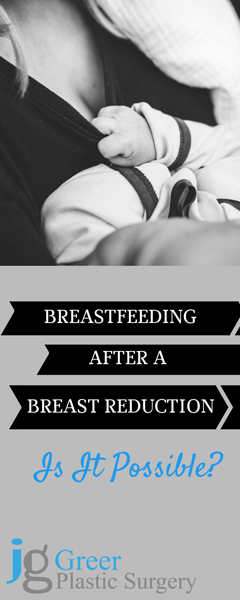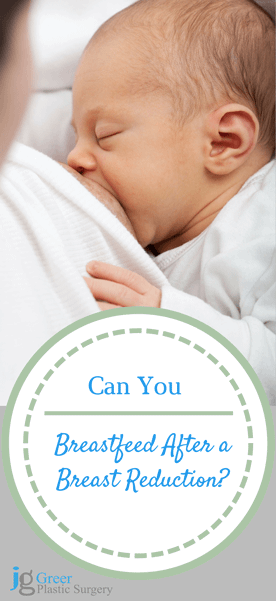Breastfeeding after breast reduction- is it possible?
Breast reductions are one of my favorite operations, because they make women feel great in their own bodies. (Also because they’re just really fun to do!) Women of all ages come to me for breast reduction surgery. And one of the topics we talk about is breastfeeding after breast reduction.

There are two types of breast reduction surgery.
If you don’t know much about breast reduction surgery, you may can read up on how the surgery is performed. But for the purposes of discussing breastfeeding, there are two types of surgery:
Free-nipple breast reduction:
As the name suggests, in this type of reduction I actually remove the nipple from the breast. After making the breast smaller, I place the nipple back on as a skin graft. This severs the milk ducts, so breastfeeding is impossible after a free-nipple reduction. This type of reduction is not particularly common. Although the final result looks good, removing the nipples means they will not have any sensation after surgery. I reserve free-nipple reductions for patients with exceptionally large breasts when I don’t think the nipple will have good blood supply after surgery. Skin grafts actually have lower metabolic needs (i.e. they need less oxygen and fewer nutrients) than skin that is left attached. Weird, but true.
Pedicled breast reduction:
In a pedicled breast reduction the nipple stays attached to the breast the whole time. The breast tissue which provides blood supply is known as the pedicle. In really large breasts the pedicle gets very long. This means the blood has to travel farther to keep the nipple alive. That’s why it can be safer to remove the nipple and put it back on as a graft.
In a peddled reduction the milk ducts remain intact, so breast feeding should be possible. But some breast tissue has been removed, meaning the breast might not make as much milk as it would have without the reduction surgery. So it’s possible you could have to supplement with formula, though this topic hasn’t been specifically studied.
Breastfeeding is difficult whether you’ve had surgery or not.
The success rate for breastfeeding after breast reduction is be fairly similar to the success rate for women who have not had breast reduction surgery. That doesn’t mean all women are successful- only about 75% of women breastfeed off the bat, and only about 50% are still breastfeeding at 6 months. But success depends more to the amount of support moms have with breastfeeding, not whether they’ve had breast reduction surgery.
So what does this mean for you? If you are planning on having children and breastfeeding is extremely important to you, then the safest course of action is to wait to have breast reduction surgery until you are finished having children. And this is what I tell patients having any type of breast surgery- not just reduction. If you are unsure about breastfeeding, then at least be certain you understand how breast reduction surgery can affect your ability to breastfeed. But I’ll be honest- in all the reductions I’ve performed, I’ve never had a single patient decide not to have surgery based on the future question of breastfeeding. The improvement in quality of life after breast reduction surgery far outweighs the risk of not being able to breast feed.
Have you been thinking about breast reduction surgery?


